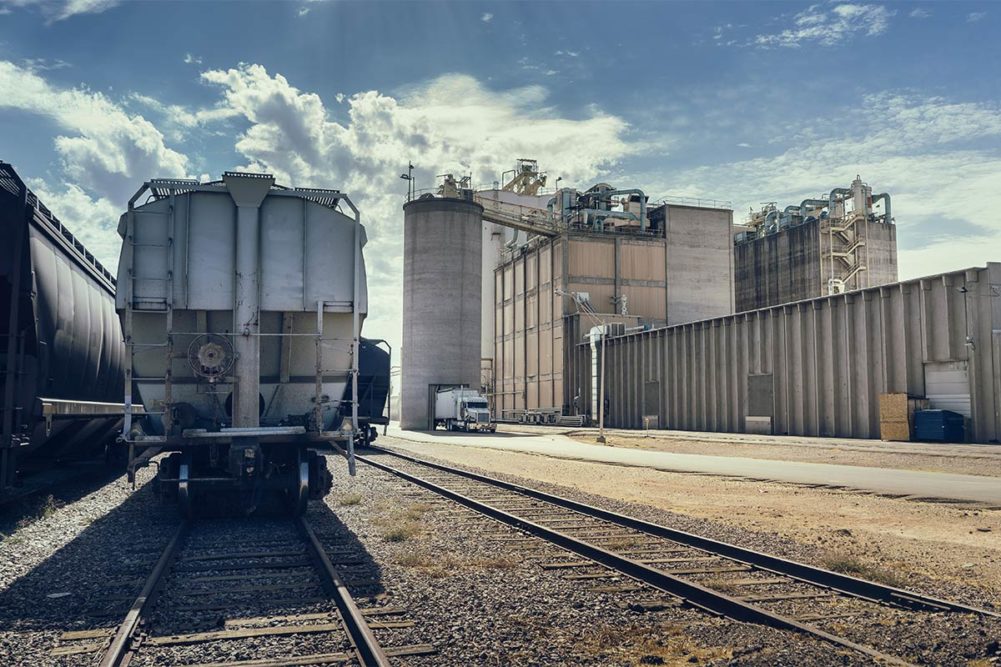WASHINGTON, D.C. — A group of grain and grain processing associations recently made available a new resource that gives shippers greater visibility into the recent commodities carried by covered hopper cars.
The National Grain and Feed Association (NGFA) and North American Millers’ Association (NAMA), along with a coalition including the National Oilseed Processors Association, Pet Food Institute and American Bakers Association, earlier this year announced a partnership with the Association of American Railroads (AAR) and Railinc with the goal of providing shippers with essential information to maintain the highest food safety standards and help prevent potential cross-contact with food allergens.
“Thanks to funding and leadership provided by AAR and Railinc, agricultural shippers will have access to a reliable resource to obtain information on the last three loads hauled in railcars, which is crucial to food safety and regulatory compliance,” said Mike Seyfert, president and chief executive officer of the NGFA. “NGFA also is grateful to the operational and technical experts representing industry users on a joint working group that was engaged at the outset in designing this new resource to ensure it has the functionality companies need.”
Dale Nellor, vice president, government and technical affairs at NAMA, said the milling industry association appreciated the opportunity to collaborate on this initiative with AAR, Railinc, and NAMA’s supply chain partners.
“This tool will provide the milling industry greater transparency and quicker access to essential information that will help NAMA’s members maintain a high level of food safety, a top priority for our industry,” Nellor said.
The new online resource, the Last Three Loaded Standard Transportation Commodity Code (STCC), will allow agricultural shippers to better identify the last contents hauled in a particular rail car to continue to ensure the highest food safety standards are met and to comply with the US Food and Drug Administration’s food sanitary transportation rules under the Food Safety Modernization Act (FSMA). The secure, searchable user interface developed by Railinc relies on the company’s unique industry knowledge and management of critical industry systems that track nearly all the equipment in the North American rail fleet and the commodities transported.
In their joint press statement, NAMA and NGFA said the partnership between AAR, Railinc, and the working group demonstrates the shared commitment by shippers, loaders, and carriers to strengthening the safety, reliability, and efficiency of the US food supply.
The onboarding application and Last Three Loaded STCC user guide are available on Railinc’s website.
Read more about supply chain topics affecting the industry on our Operations page.




